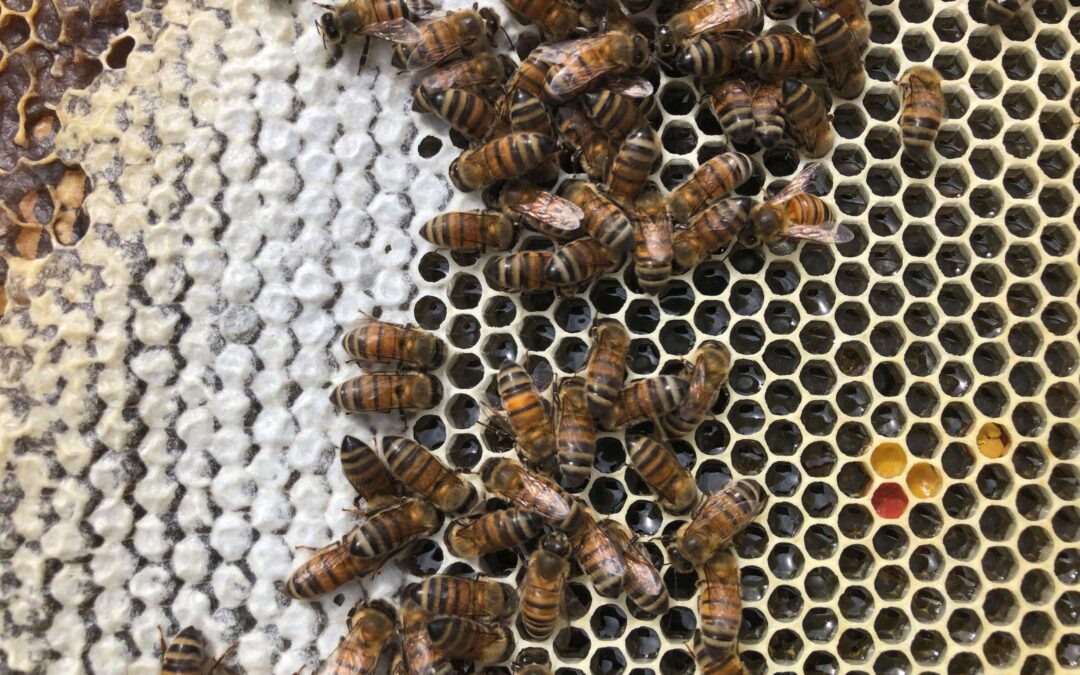In June, beekeeping in the Bay Area, California, involves several important tasks to ensure your hive remains healthy and productive. Here’s a list of activities you should consider:
- Hive Inspection:
- Brood Patterns: Check for consistent and healthy brood patterns. This indicates a strong and productive queen
- Pest and Disease Check: Look for signs of pests like Varroa mites, small hive beetles, and wax moths. Also, check for diseases such as American Foulbrood or Nosema.
- Swarm Management:
- Space Management: Ensure the bees have enough space by adding supers if necessary. Crowded hives can lead to swarming.
- Queen Cells: Look for and manage queen cells to prevent swarming.
- Feeding:
- Nectar Flow: Monitor the nectar flow in your area. If it’s low, you might need to provide supplementary feeding with sugar syrup.
- Pollen Substitute: If pollen sources are scarce, consider providing a pollen substitute.
- Honey Harvesting:
- Capped Honey: Check for capped honey frames. You can start harvesting honey if the frames are at least 80% capped.
- Honey Supers: Add or rearrange honey supers as needed to provide space for honey storage.
- Ventilation and Temperature Control:
- Ventilation: Ensure the hive has proper ventilation to prevent overheating. This can be done by slightly opening the top cover.
- Water Source: Provide a nearby water source if there isn’t one. Bees need water to cool the hive and for their own hydration.
- Comb Management:
- Old Comb: Rotate out old or damaged comb to maintain hive health. Bees prefer new, clean combs for brood rearing and honey storage.
- Record Keeping:
- Logs: Keep detailed records of hive inspections, honey yields, pest management, and any other significant observations.
By staying proactive with these tasks, you can help ensure your bees are healthy and productive throughout the summer months.

